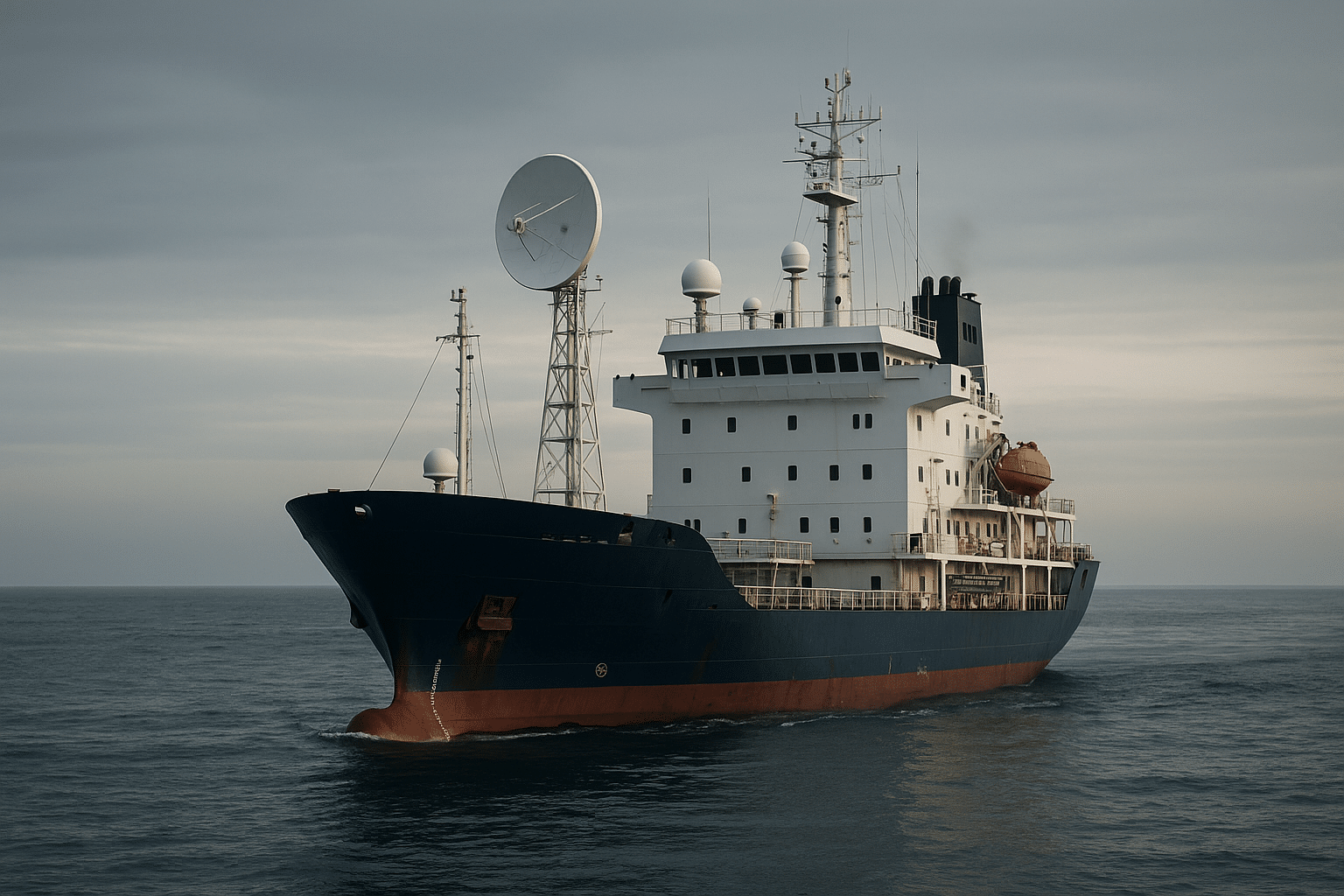
Maritime IoT Protocol Wars: LoRa vs NB-IoT vs Satellite Mesh in Real-World Deployments
LoRa, NB-IoT, and Satellite Mesh are key technologies in maritime IoT, driving smarter vessel operations and improving marine environmental monitoring.
Welcome to a resource that combines diverse topics such as digitalization, environmental monitoring, the fishing industry, new technologies, sustainable development, maritime transportation, and more. The common thread? The maritime industry.

LoRa, NB-IoT, and Satellite Mesh are key technologies in maritime IoT, driving smarter vessel operations and improving marine environmental monitoring.
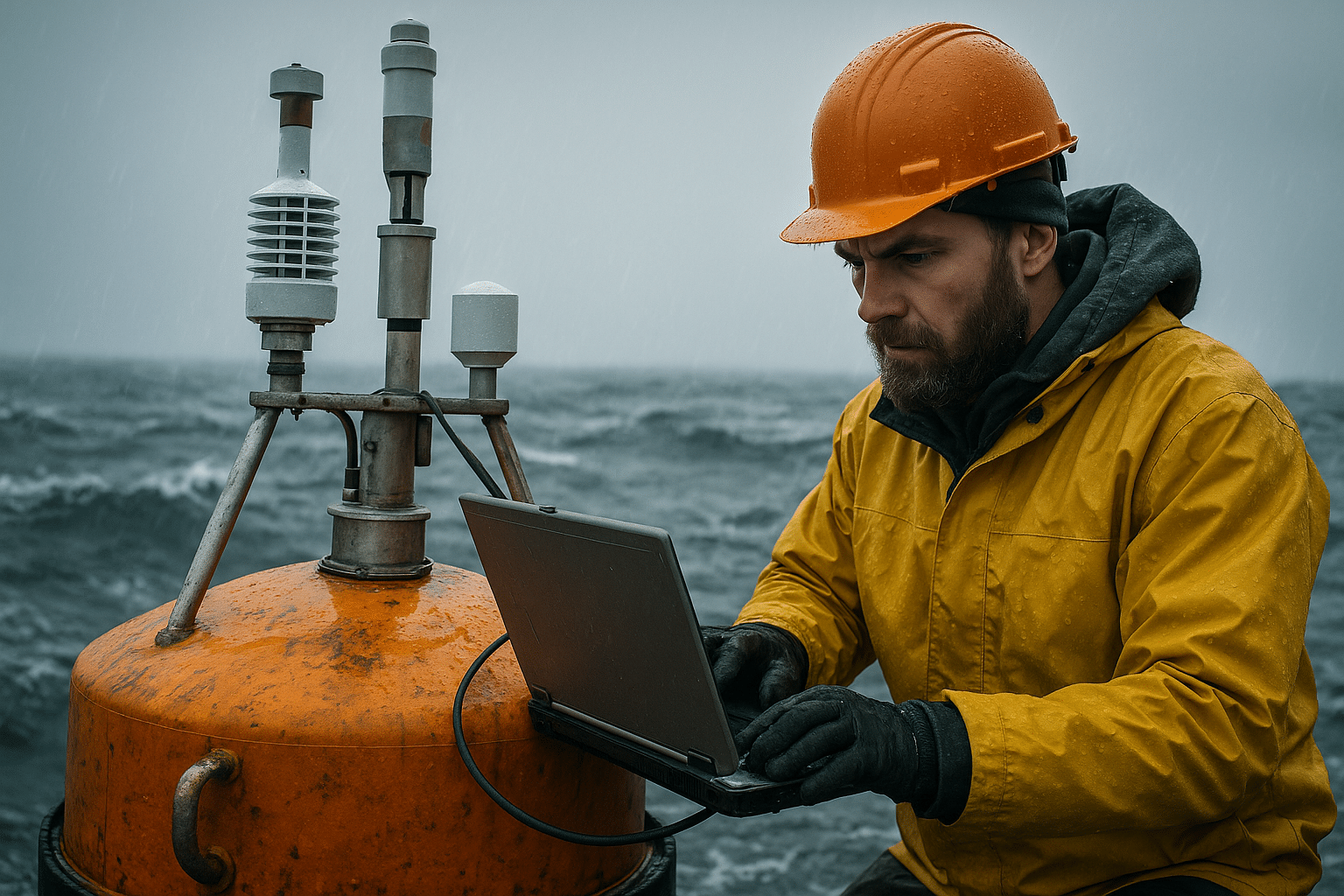
Learn how IoT ocean sensors are calibrated and validated to ensure accurate, reliable data in harsh marine environments for effective environmental monitoring.

Learn how transshipment hubs optimize shipping routes, adapt to trade shifts, and strengthen the efficiency of global container shipping networks.

LoRa, NB-IoT, and Satellite Mesh are key technologies in maritime IoT, driving smarter vessel operations and improving marine environmental monitoring.

Learn how transshipment hubs optimize shipping routes, adapt to trade shifts, and strengthen the efficiency of global container shipping networks.
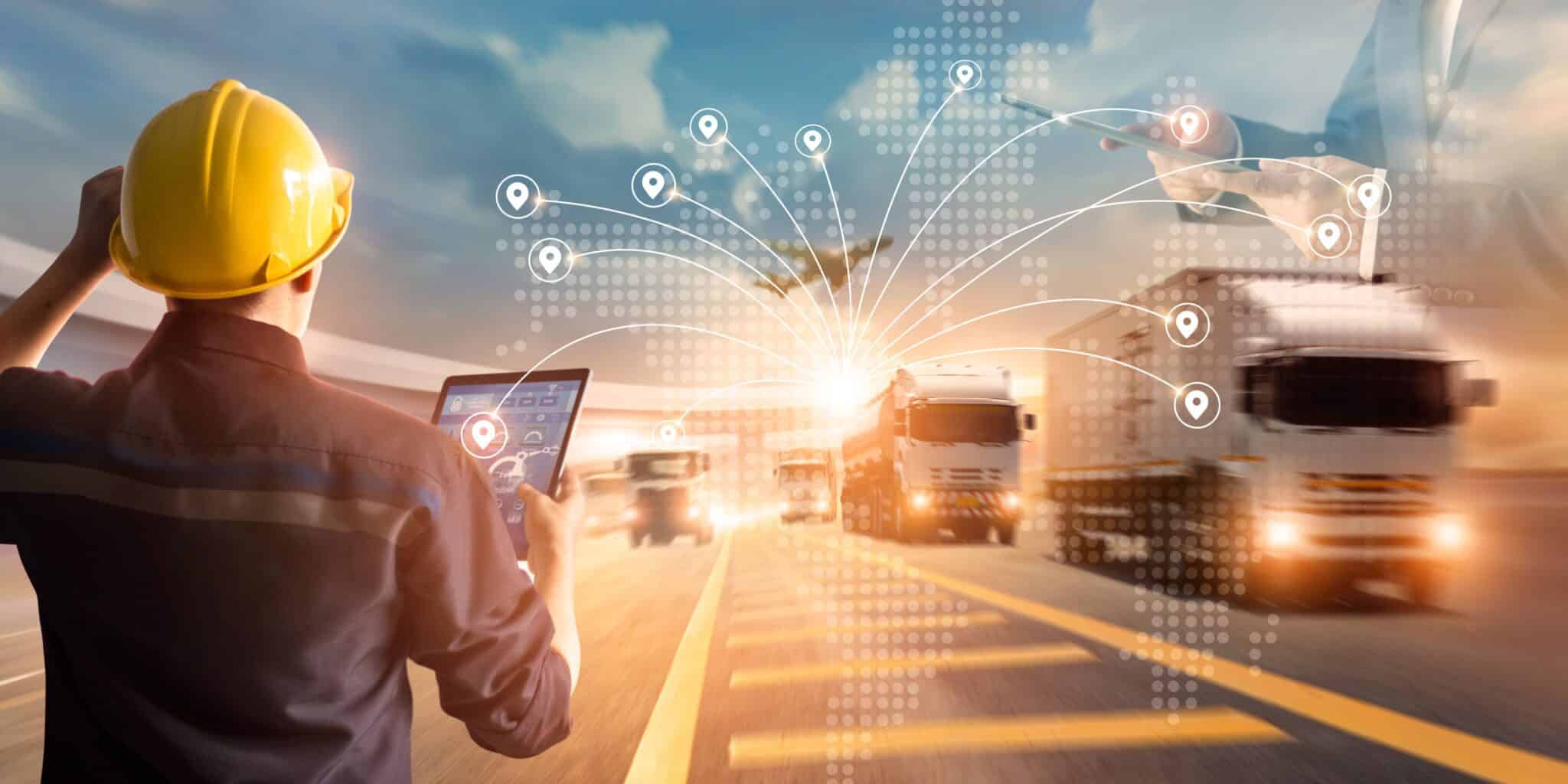
Logistics managers drive efficiency through managing inventory, transportation, and costs. Discover the skills and career paths in this dynamic field.
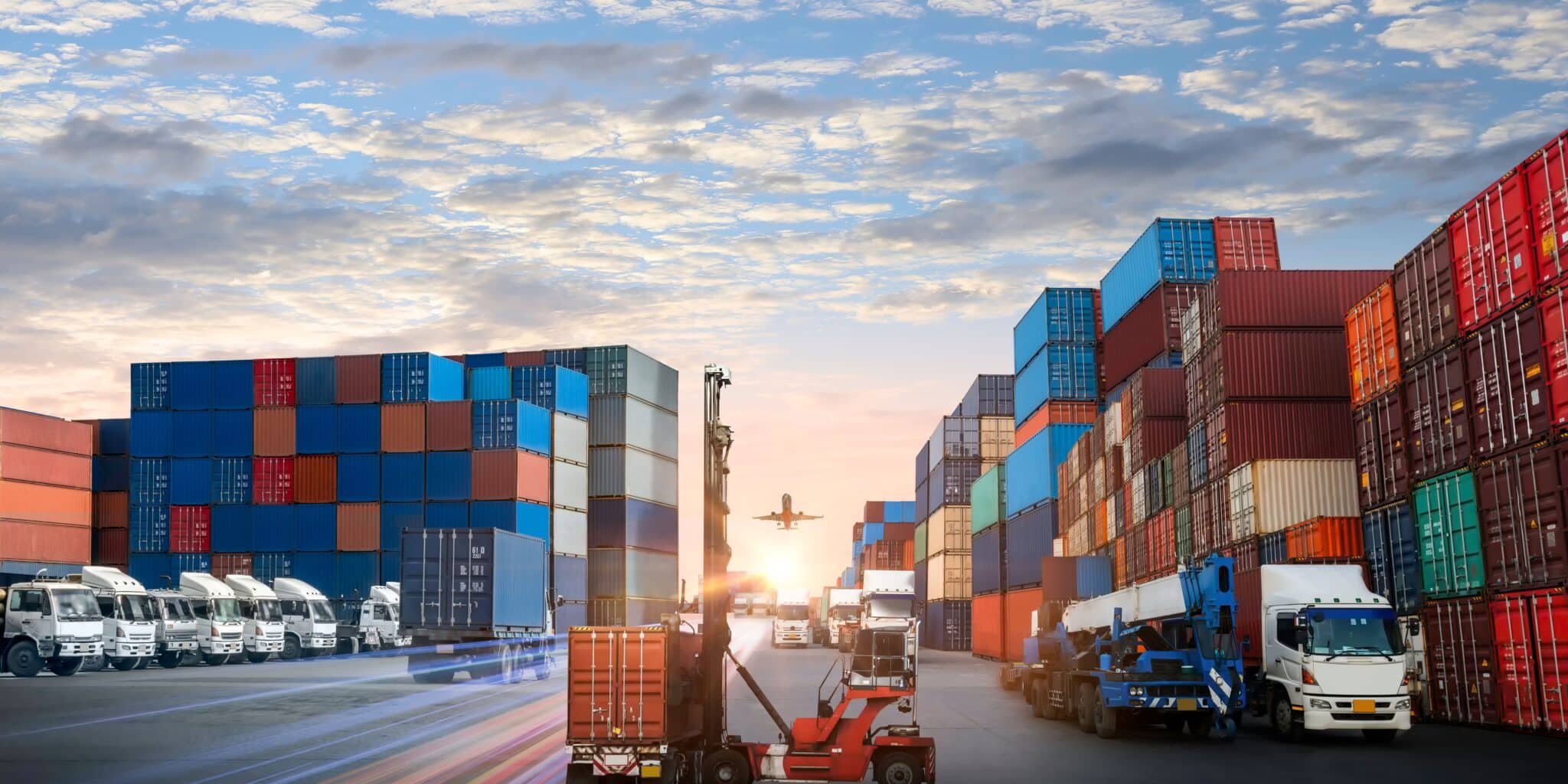
Intermodal vs. multimodal transport: Learn how each method impacts cost, efficiency, and flexibility in global shipping.
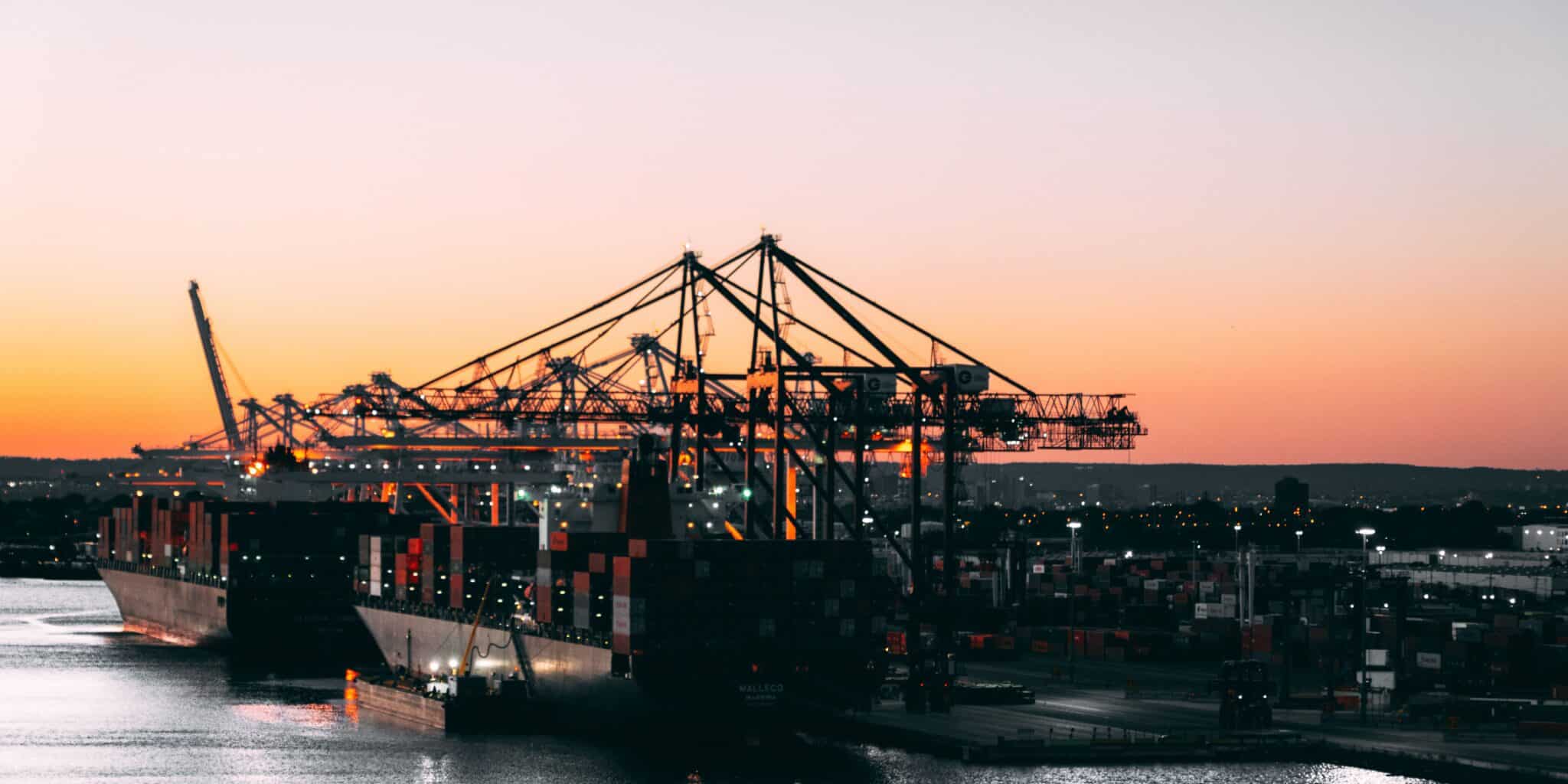
See how the world’s busiest ports manage millions of tons of cargo, power economies, and evolve with smart logistics and automation.
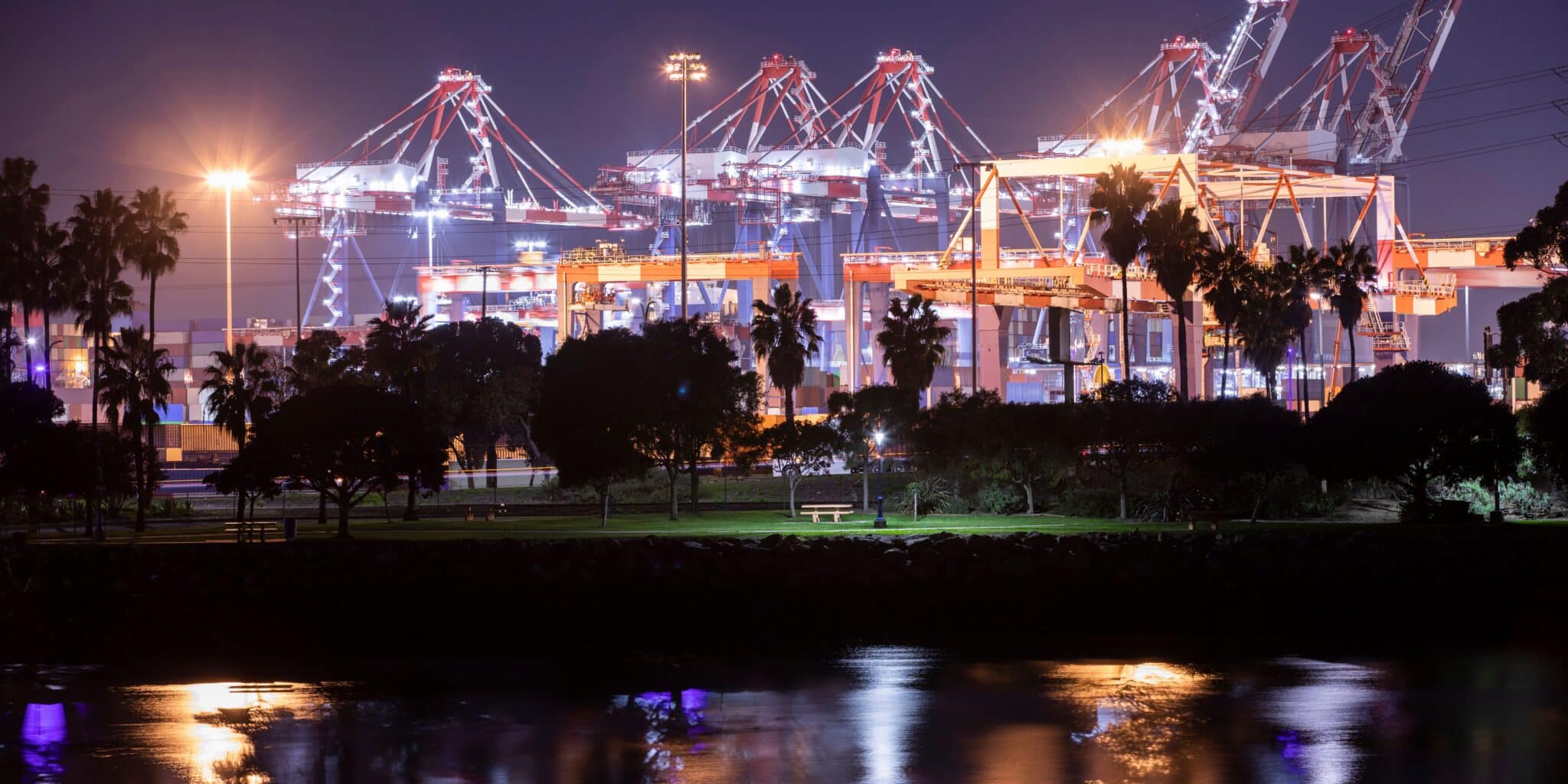
Learn how the top port operators enhance global supply chains with high-capacity terminals, automation, and sustainable shipping solutions.

LoRa, NB-IoT, and Satellite Mesh are key technologies in maritime IoT, driving smarter vessel operations and improving marine environmental monitoring.

Learn how IoT ocean sensors are calibrated and validated to ensure accurate, reliable data in harsh marine environments for effective environmental monitoring.
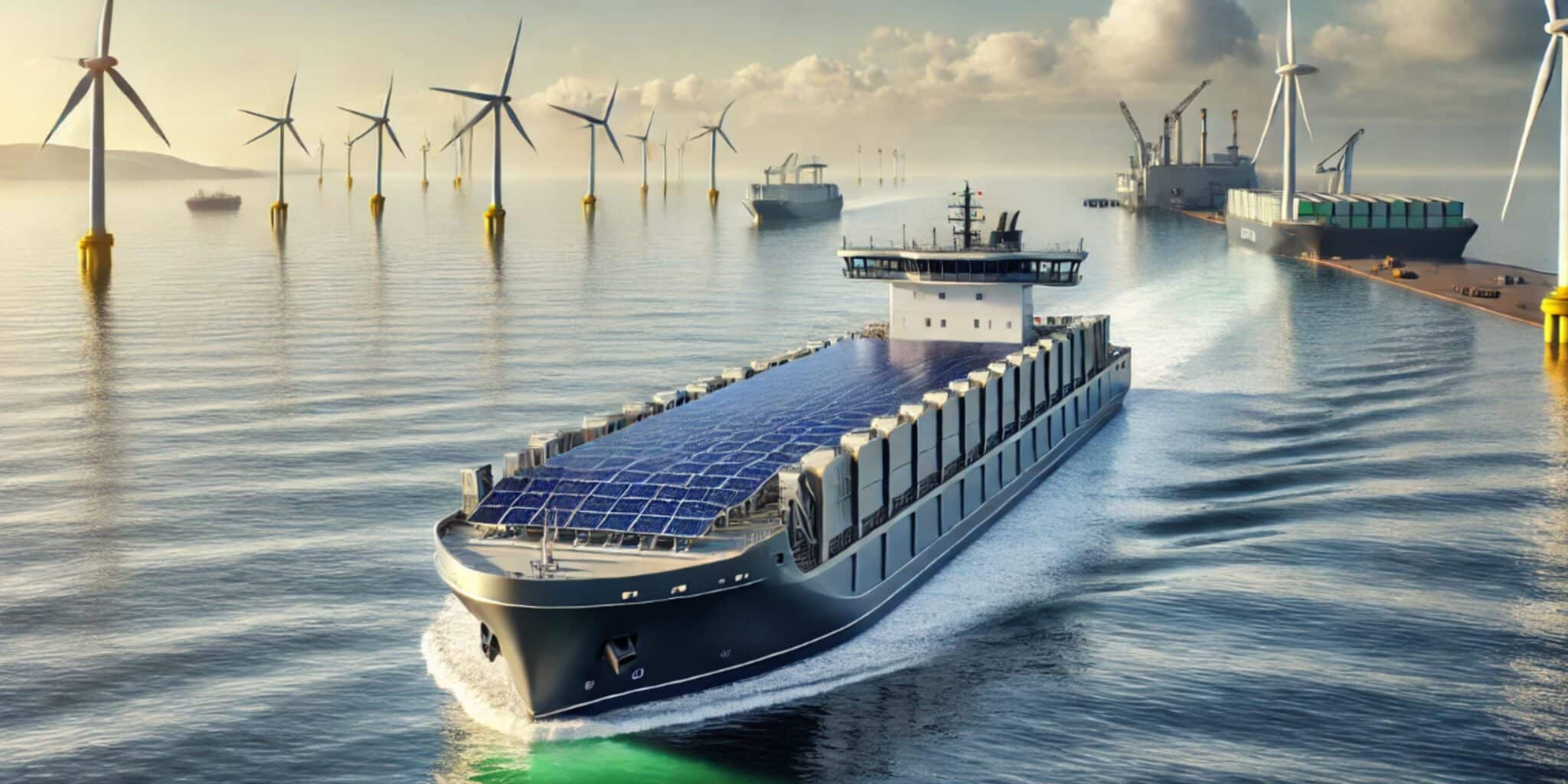
Learn about the latest maritime sustainability trends for 2025, focusing on eco-friendly fuels, smarter technologies, and stricter emission regulations.
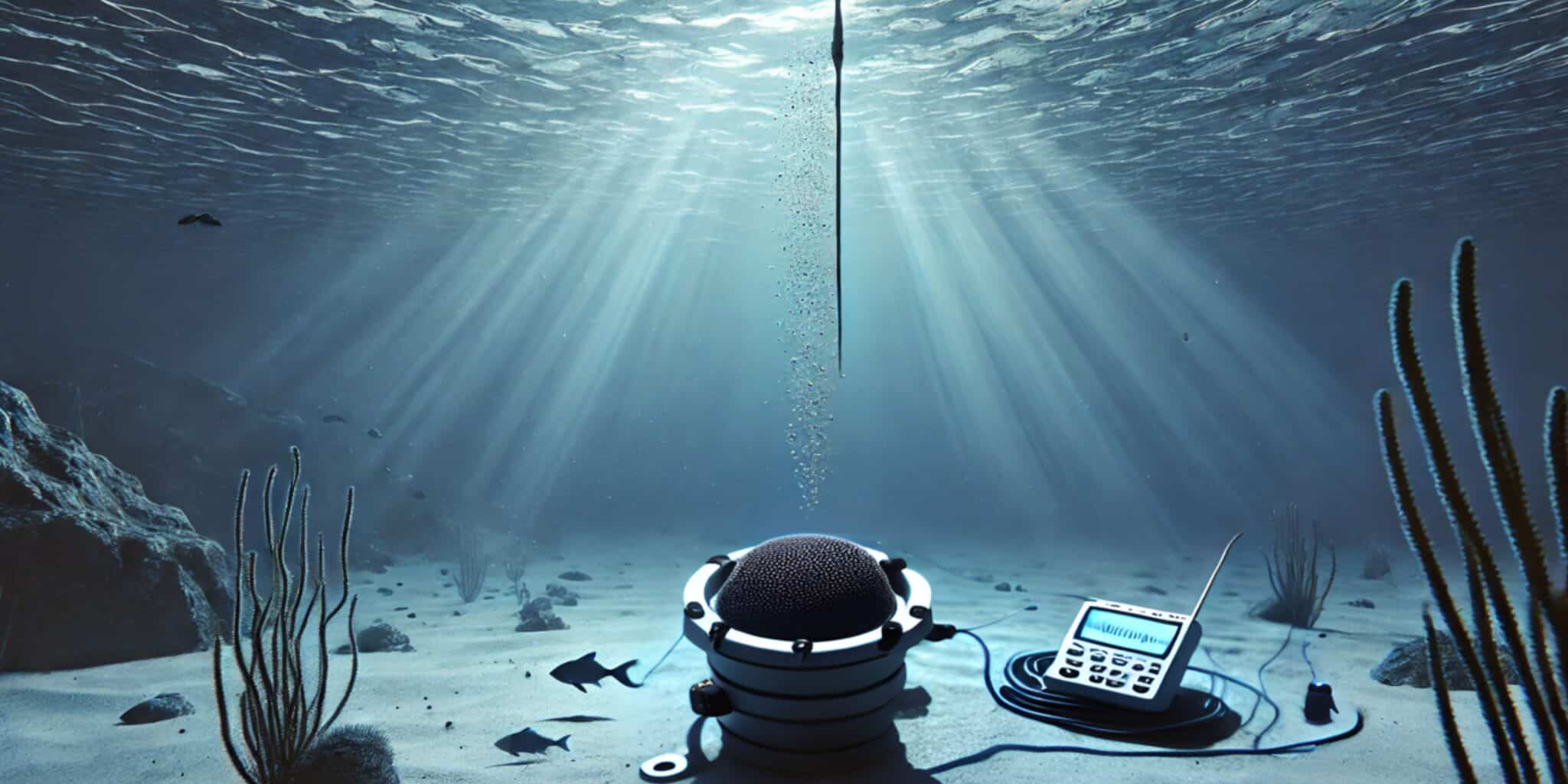
Explore the role of underwater acoustics in marine conservation, from monitoring species to advancing operations and protecting ocean ecosystems.
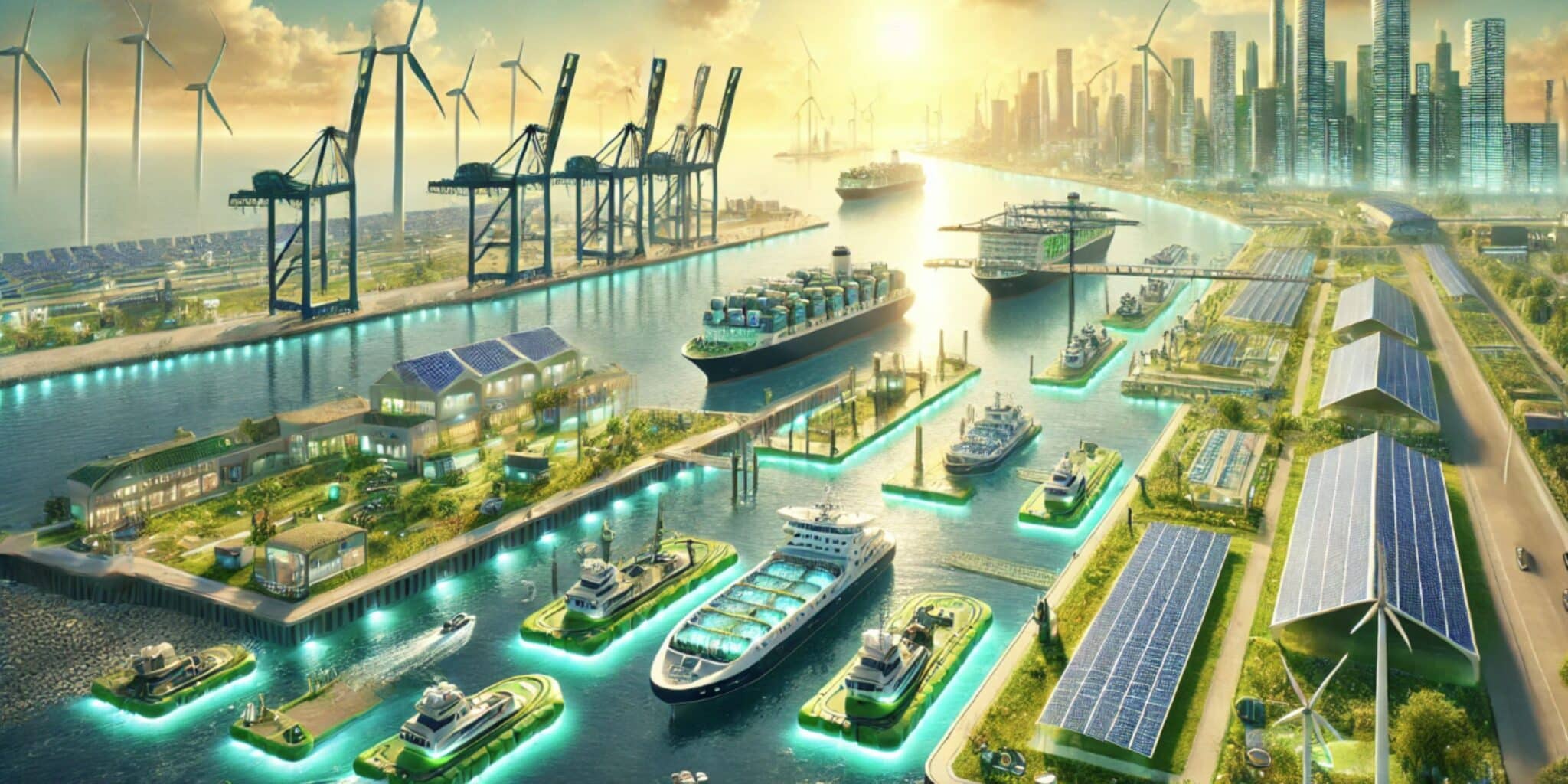
Explore key maritime sustainability policies, global initiatives, and innovative technologies shaping a greener shipping industry. Learn about IMO regulations, green ports, and alternative fuels.

Discover how maritime sustainability drives economic growth, reduces costs, and enhances global trade efficiency. Explore the financial advantages of sustainable practices in the shipping industry.
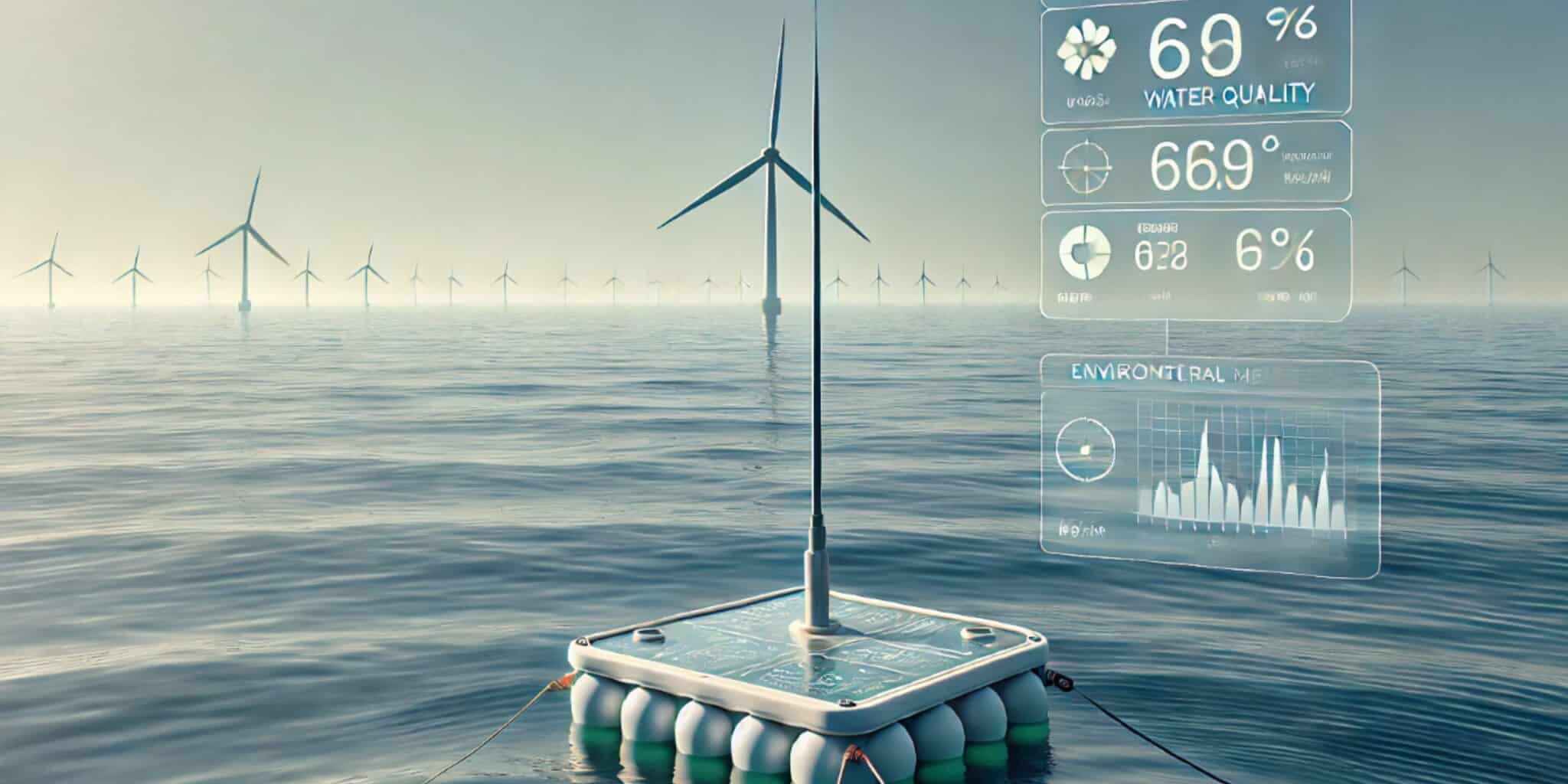
Discover how offshore monitoring solutions enhance sustainability, ensure regulatory compliance, and protect marine ecosystems with real-time data insights.

Discover the environmental challenges of offshore wind energy and the solutions to minimizing noise pollution and protecting marine life for a sustainable future.

Accurate weather forecasts are key to risk management and efficiency in offshore wind farms and oil operations worldwide

Accurate weather forecasts are key to risk management and efficiency in offshore wind farms and oil operations worldwide

Learn how weather monitoring technology empowers EPC contractors to anticipate challenges, enhance safety, and streamline project execution effectively.

Explore the role of AI and weather forecasting in enhancing EPC project timelines, reducing risks, and improving operational efficiency
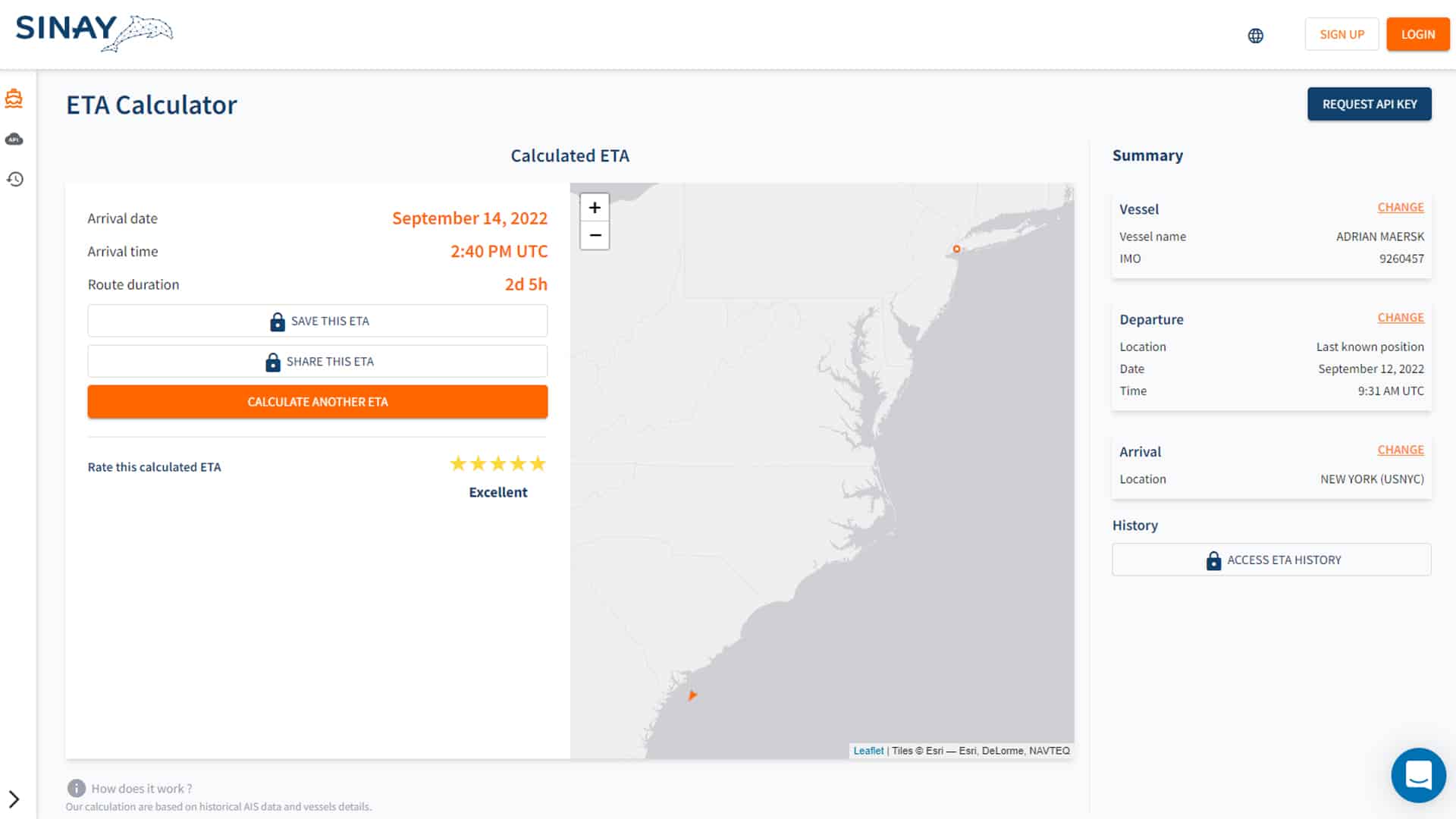
Because of the globally increasing demand for cargo shipping and the recent major crisis, the shipping industry is under pressure: congestions have become the norm in many significant ports which can experience delays of several weeks.
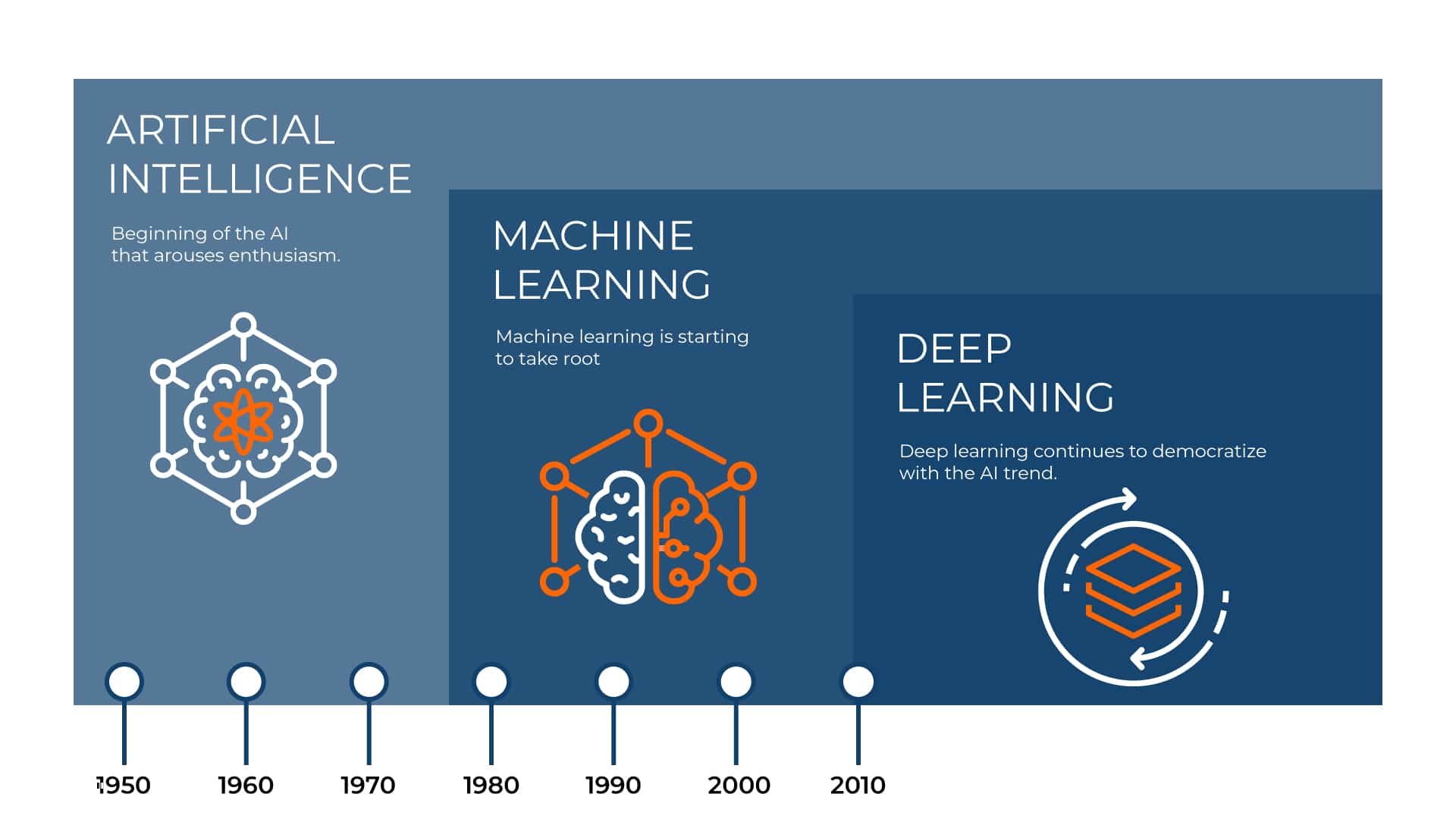
Estimated time of arrival (ETA) computations, specific to ports and ships, determine when a vessel is expected to arrive to a port. The computations also enable vessels to be tracked during their entire voyage.
Maritime Applications